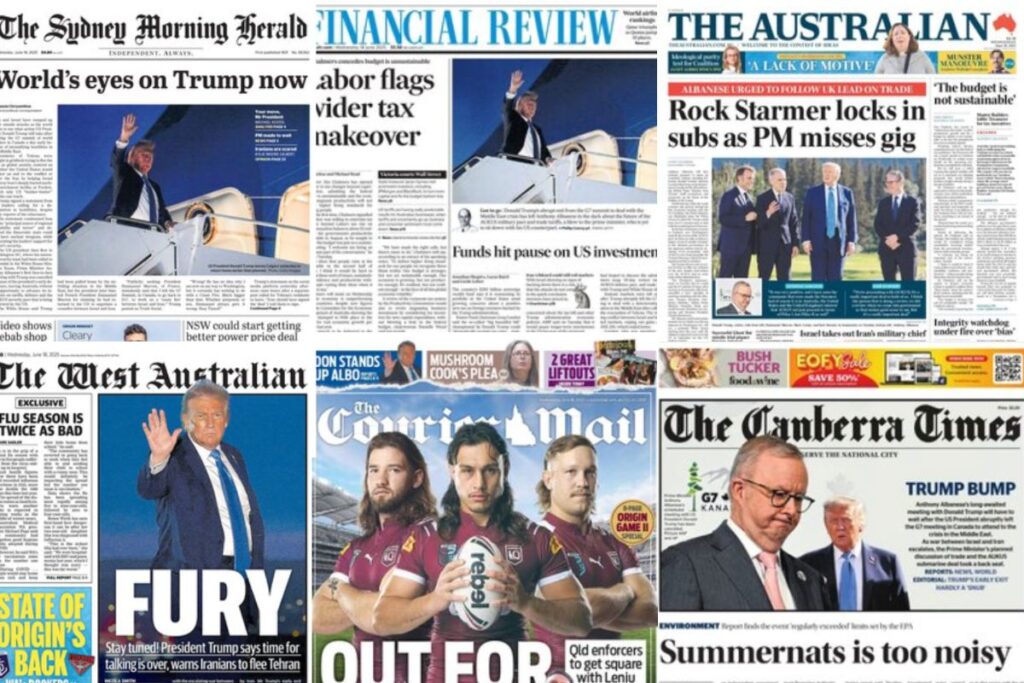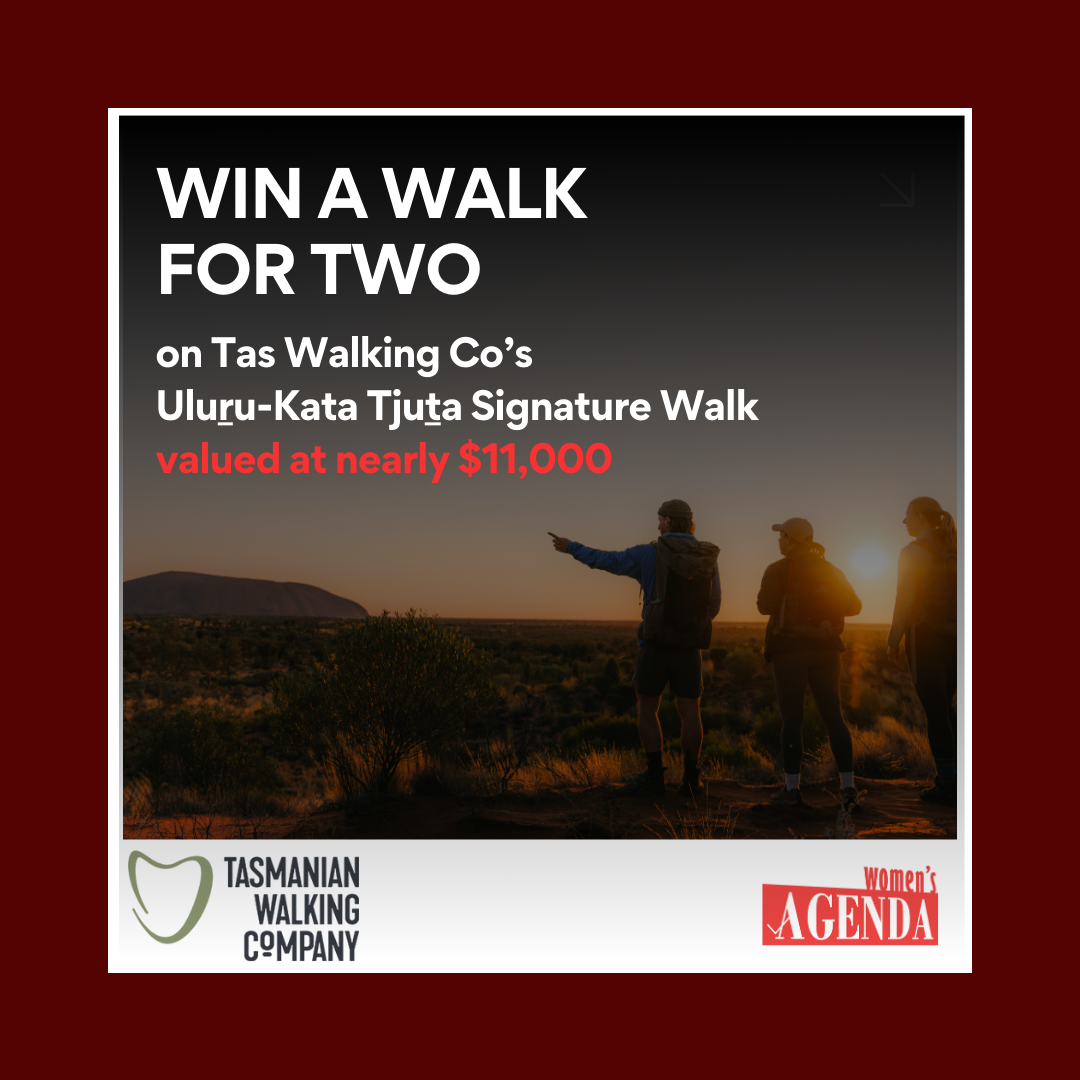The latest analysis of news consumption trends in Australia should leave traditional news businesses reflecting on what they offer women.
One in four Australians (26 per cent) now list social media as their main source of news, overtaking online news websites for the first time (down five points to 23 per cent), according to the Digital News Report released on Tuesday.
Meanwhile, Australians are losing trust in the news, with just 43 per cent of Australians saying they trust it.
Furthermore, 69 per cent of Australians say they avoid the news at least some of the time.
There are some clues to what’s going on, especially in the gender differences found: women are less likely than men to trust the news and more likely to avoid it.
Just 44 per cent of women access news more than once a day, which is a massive 23 per centage points lower than men.
Women have also reported a significant drop in news interest over the past decade, down 25 points to 45 per cent. Seventy-one per cent of women actively avoid the news.
So should we be surprised by these gender differences when the Australian media industry has always and continues to be dominated by men?
This dominance isn’t necessarily in terms of who we see on our screens and the journalists reporting, but in terms of owners, leadership, and the individuals determining the overall strategy for what is and isn’t reported. Men also dominate in determining which journalists and reporters get on our screens.
The male-dominated nature of Australia’s traditional news sector has always existed.
But what’s changing now is that women have far more options for engaging in news content and communicating the issues they care about—including through social media platforms and channels created by and run by women.
Meanwhile, stories about men continue to dominate the mainstream press, especially in business, sports, and finance. Men are quoted twice as much as women, according to the 2024 research, while articles written by women were far less likely to feature on premium pages. Just 29 per cent of masthead opinion authors are women, down from 38 per cent in 20219.
Yet, social platforms provide far lower barriers to entry for those keen on sharing stories and expertise about women.
The media industry has and continues to close local and regional newspapers and media outlets. In their place, we increasingly see social-first accounts, often owned and run by women. As the authors of this survey report write, “social media is filling the void, particularly in regional areas where there are fewer news outlets serving the community.”
Australia is one of the most concentrated media markets in the world, with a handful of players dominating the stories covered in the mainstream news, including the Murdoch-owned News Corp, Nine, Seven West Media, and the ABC.
Men were more likely than women to use traditional and digital news sources. One in four men use print as a news source, compared to only 14 per cent of women. More than half of men (53 per cent) access online news, compared to 41 per cent of women.
Women are more likely to engage in news on social media, with 50 per cent using social media for news in the past week, compared to 43 per cent of men.
As Claire Stuchbery writes: “Interest in news drops when we are not seeing ourselves reflected in the stories told, so it’s little wonder that news avoidance is higher among women under 35s, lower educated and regional communities.”
Meanwhile, there are reasons for all of us to be concerned about misinformation, and Australians share more concern for this issue than any other country on the planet, according to this research.
Seventy four cent of Australians have concerns about misinformation. Forty seven per cent consider online influencers and personalities as a major threat of misinformation, followed by activists (51 per cent) and Australian political actors 48 per cent) and news media and journalists (43 per cent)
The survey is a long-running global project coordinated by the Reuters Institute for the Study of Journalism, and researches data on media usage across 48 markets and six continents. The Australian sample was conducted by YouGov via an online survey between 16 January and 5 February 2025, with a total sample size of 2006, based on quotas of 530,426 Australians.


